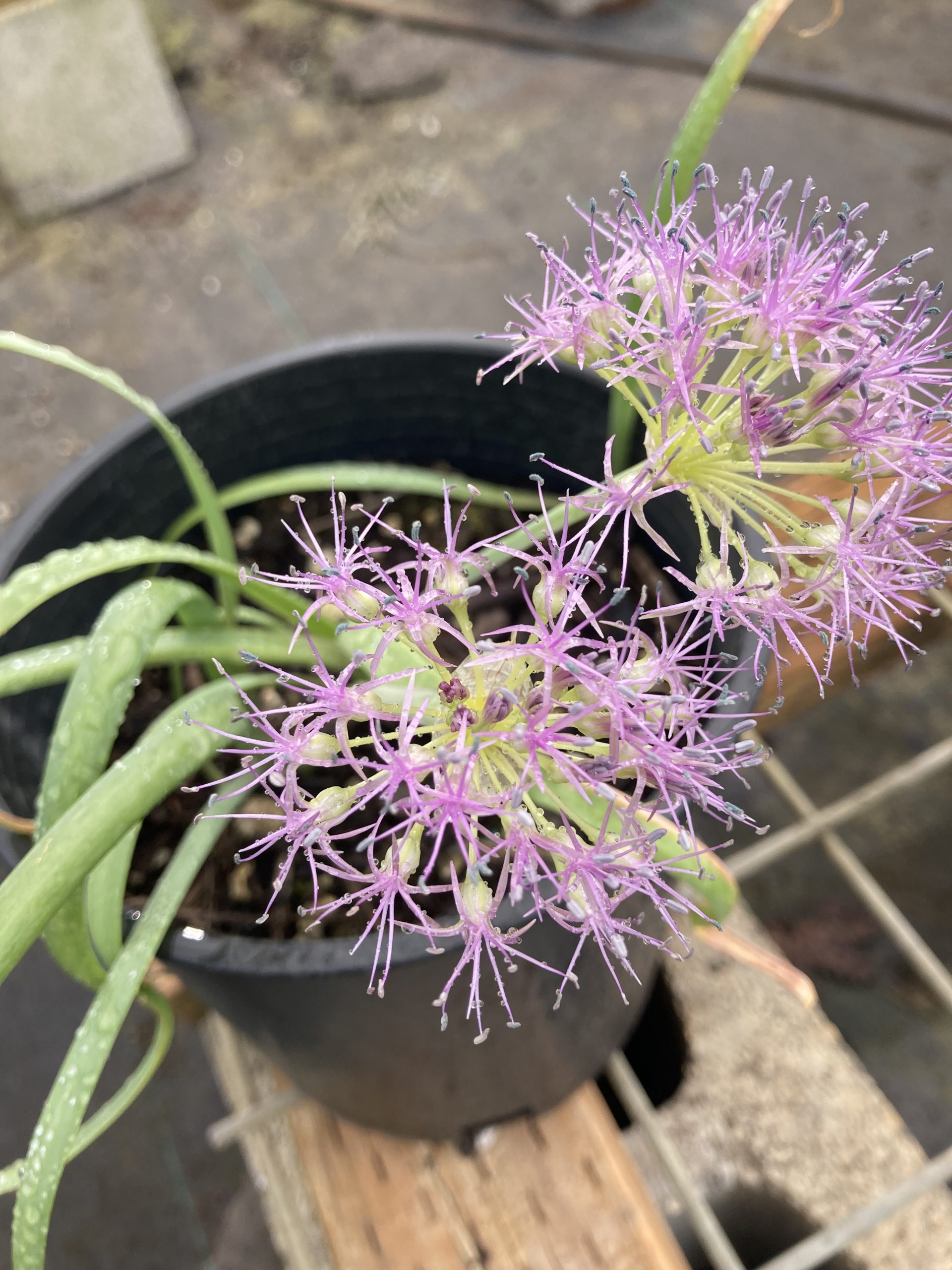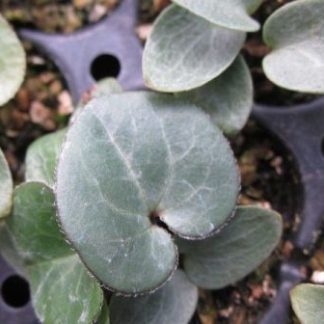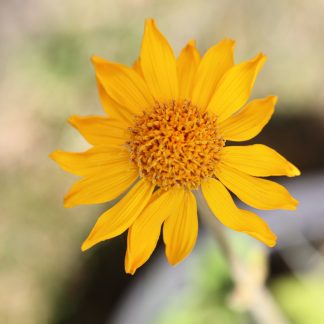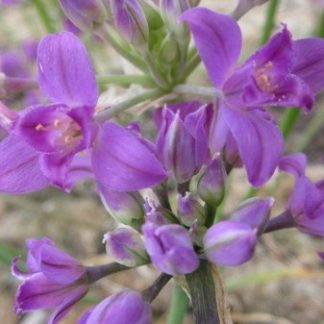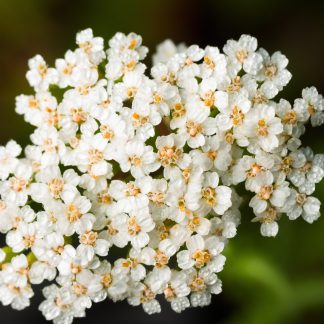Allium platycaule
flat stemmed onion
Habit: a nice flat-stemmed wild onion topped with fuzzy globes of bright pink flowers. Allium platycaule has gray bulbs which grow in clusters along a rhizome. Its long, flat leaves curve inwards at the extremities, forming a half-moon. The leaf margins are thinner in relation to the bulging mid vein. The blossoms grow in clusters of as many as 90 tiny flowers atop short, erect stems. Petals are narrowly lance-shaped, almost threadlike, and flare or curl back at the tips. Flowers bloom from May to June.
Ecology: Allium platycaule grows in slopes and ridgetops, at mid to high elevations. It is commonly found among yellow pine and lodgepole forests, as well as in sagebrush scrub. It is a native species from Western North America, growing from the Tahoe Basin in California to southern Oregon and northwestern Nevada.
Growing conditions: enjoys sunny places and moist to dry, well-drained soils. It usually does not do well in the shade.
Allium is a genus of at least 400 species; about 80 of them are native to North America, and at least half of these are found in the Pacific Northwest. The genus produces fragrant, edible plants, including onions, garlic and chives. The leaves, bulbs and seeds of A. platycaule were eaten by the Paiute people.
The plant leaves can be made into a sweet relish and flowers used as garnish for salads. Both are healthy additions to the diet. The sulphur compounds that give alliums their particular flavor also help in the reduction of blood cholesterol levels, and act as a tonic to the digestive and circulatory system, if ingested in a regular basis.
Specs
Herbaceous Perennial
4-12 inches (10-30 cm)
10-24 inches (25-61 cm)
5 to 8b

